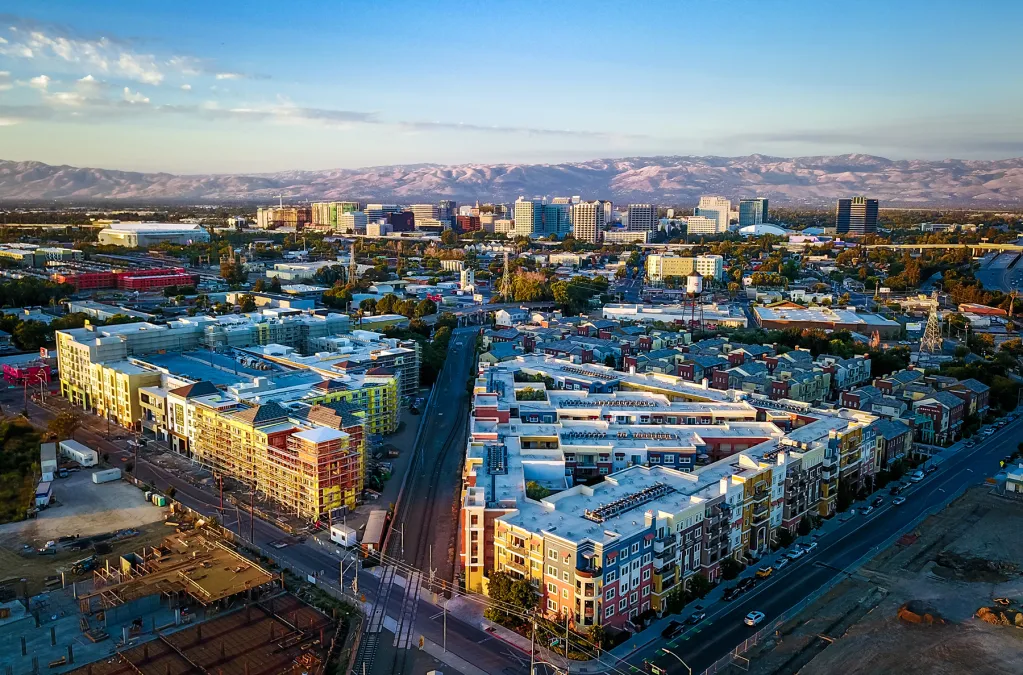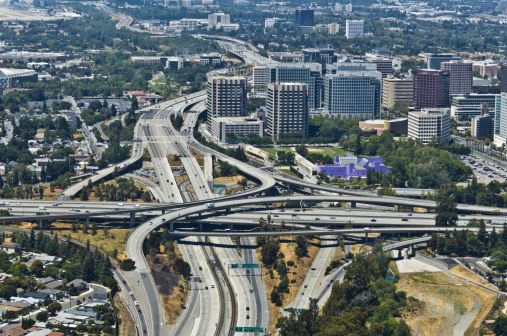San Jose’s ‘Digital Inclusion Fund’ to bring internet to 50,000 homes

San Jose, California, plans to provide high-speed internet to 50,000 households and 95,000 residents within the next 10 years through the creation of an estimated $24 million “Digital Inclusion Fund,” Mayor Sam Liccardo announced this week.
The fund, which Liccardo said will be the largest of its kind in the nation, will be supported through the fees the city charges wireless providers to install small cell technology on light poles in the city.
“It is always a good day when we can expand technology options in the capital of Silicon Valley while ensuring that no resident of our city will be left on the wrong side of the digital divide,” Liccardo said Tuesday.
It costs phone companies like Verizon, AT&T and T-Mobile $750 per pole to install a small cell antenna, said Sunne McPeak, President and CEO of the nonprofit California Emerging Technology Fund, or CETF. With each provider eager to build out new 5G networks in the city, San Jose officials estimated those fees will raise $2.2 million a year for the fund. That money will be used toward supplying schools and homes with internet that reaches download and upload speeds meeting the Federal Communications Commission’s definition of broadband of 25 megabits per second and 3 Mbps, respectively.
Other cities also charge hundreds of dollars for small cell installations, but McPeak says they should replicate San Jose’s model of using that revenue to support extending internet access. (San Jose is currently suing FCC over the regulation of 5G infrastructure.)
San Jose will award grants to nonprofits and city organizations that are interested in expanding on one of five “program streams”: internet access, device distribution, awareness campaigns, digital literacy skills and innovation pilots.
By improving internet access throughout the city, San Jose officials say the city’s K-12 education and workforce development will also be improved. Some of the grants will be sent to libraries and community centers to host programming like after-school coding programs and device-refurbishment or donation centers. Local technology companies may also provide matching funds for some of the projects.
While the city will direct the allocation of the grants, the fund will be managed by McPeak’s organization as part of a “donor-advised fund” that enables the city to maintain some control over the funds. San Jose and CETF will also raise some private funds, according to a statement from the city.
“This is such extraordinary leadership by a municipality and organization that can be a model for all local governments in California,” McPeak said. “Yes, we want to support [Liccardo’s] leadership, yes we want to help [San Jose] be successful, so let’s figure out how we can do that and still get the most money into the community. We’ve reached that structure; we said by the way, you also have to be very involved. This is not going to be successful if you just turn over money and walk away.”
A press release from the mayor’s office says that the first $1 million will be distributed by this fall.






